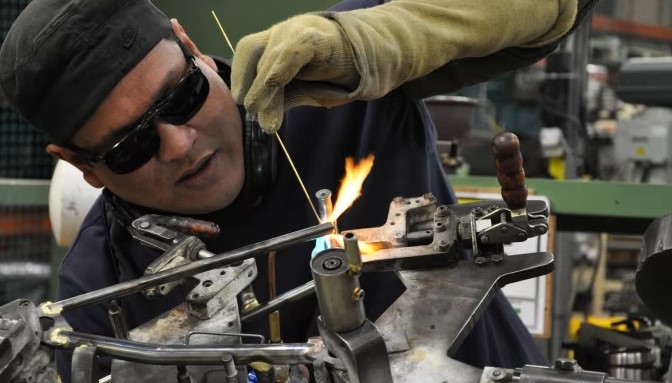Government departments in the UK are gearing up for the next big spending round, and most of the biggest fights will be within departments, not between them. There’s no logic to this, but it’s how spending reviews work. It is also, loosely, how spending commitments get decided in the manifestos that parties are cooking up right now.
Given how spending is decided, it’s important to know how voters feel about imminent trade-offs. Take the education budget, for instance. Would they prefer the next government to spend more on free childcare, better funding for schools, lower fees for university or an increased number of apprenticeships?
The UK’s technical education is, in my view, currently woeful and a major threat to growth. Do voters also think it’s a priority? Public First’s polling has allowed us to find out. (Full disclosure: my daughter is a founding partner.) And it’s clear that a lot of voters agree with me.
First, apprenticeships lead by a clear margin. And not just any apprenticeships, but those “for skilled and technical work”. Second, apprenticeships are more than twice as popular as childcare, which is where most of the extra money in the past few years has been committed. And third, apprenticeships are the most popular option for every social class.
Finally, we looked at the priorities of those who voted Conservative in 2019 but now plan to switch either to Labour or to “don’t know”. Apprenticeships are their top choice by a wide margin.
Public views are remarkably clear and unusually uniform. Yet our apprenticeship programme is heading in the wrong direction on multiple fronts. More and more apprenticeships are lengthy, high-level and expensive. Apprentices are increasingly older people who are often already employed and then get reclassified as apprentices, while openings for young people, especially the most deprived, have fallen fast.
Our current apprenticeship offer completely fails to tackle the yawning skills gaps in the economy. The government’s current estimates are that just one in five apprenticeships is in a shortage occupation.
How did we get here? Mainly because of a strange and unique funding system. Most apprenticeships are paid for by a flawed “levy” on large employers. Small and medium firms are exempt. Those large employers can pay less of the tax if they take on apprentices themselves. Unsurprisingly, they have become better at this over time — hence the growth in apprenticeships for older people already working for the company, as well as in higher-level training that soaks up large levy sums.


